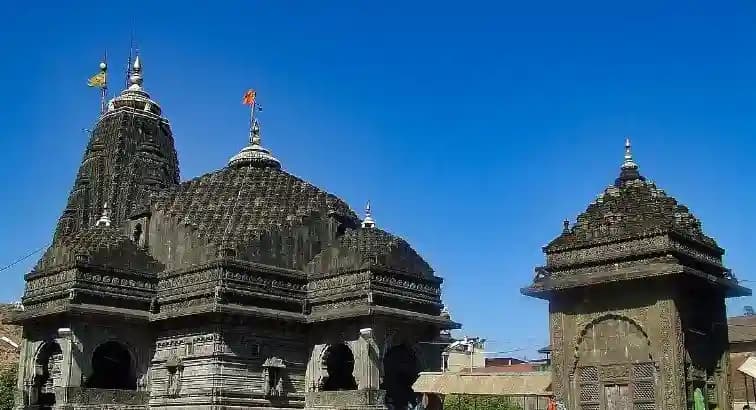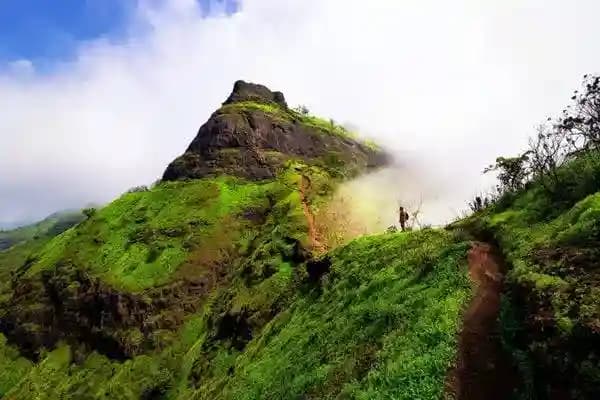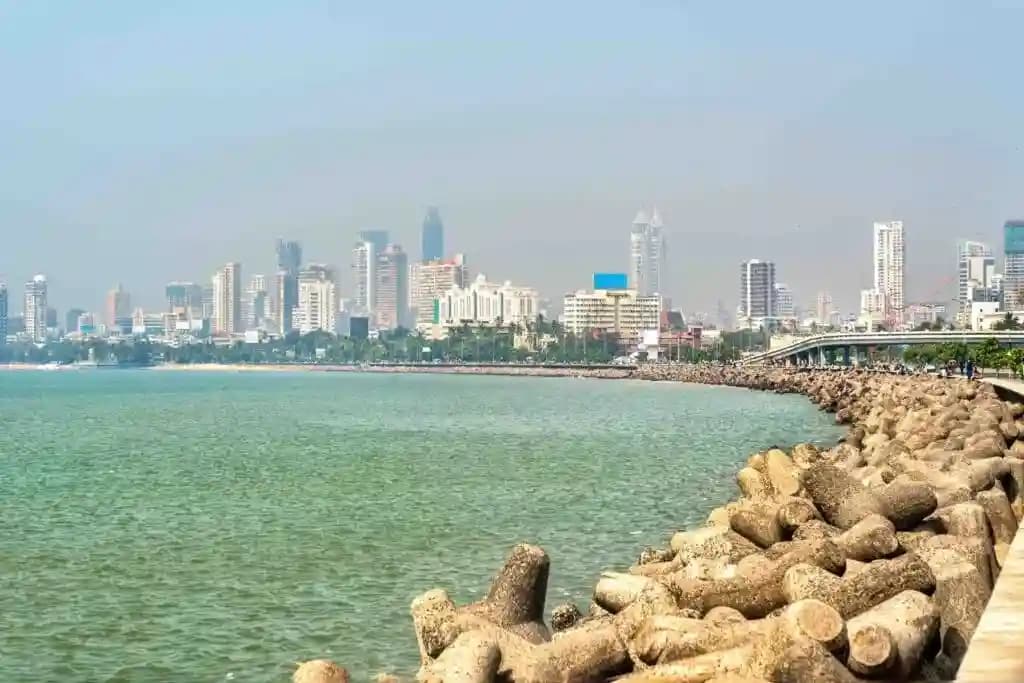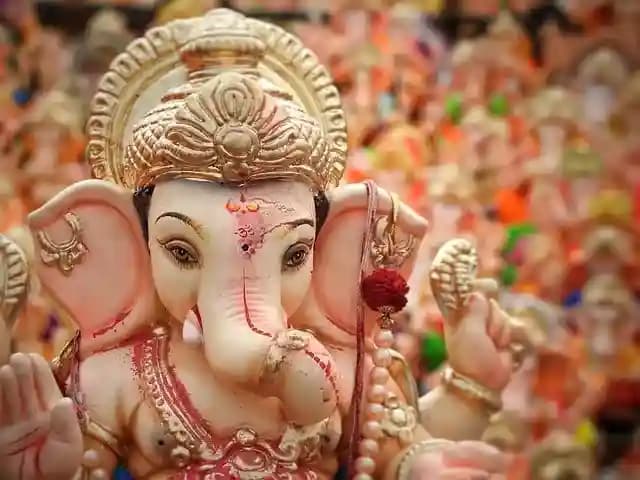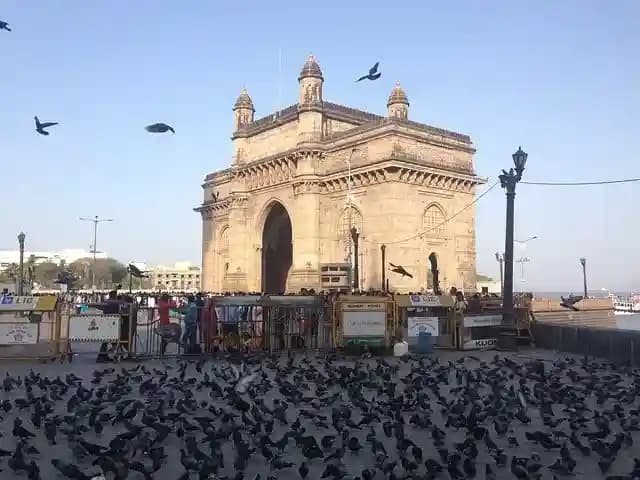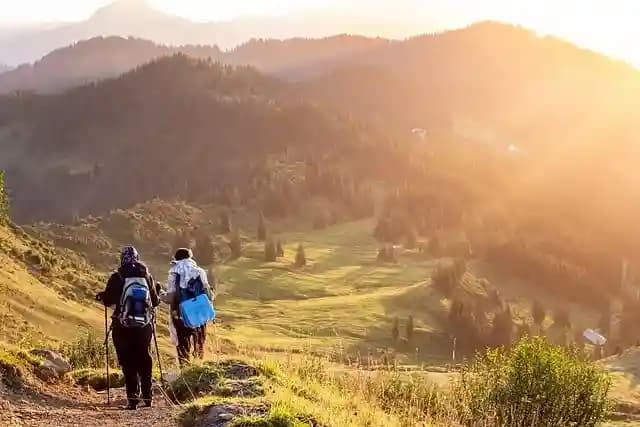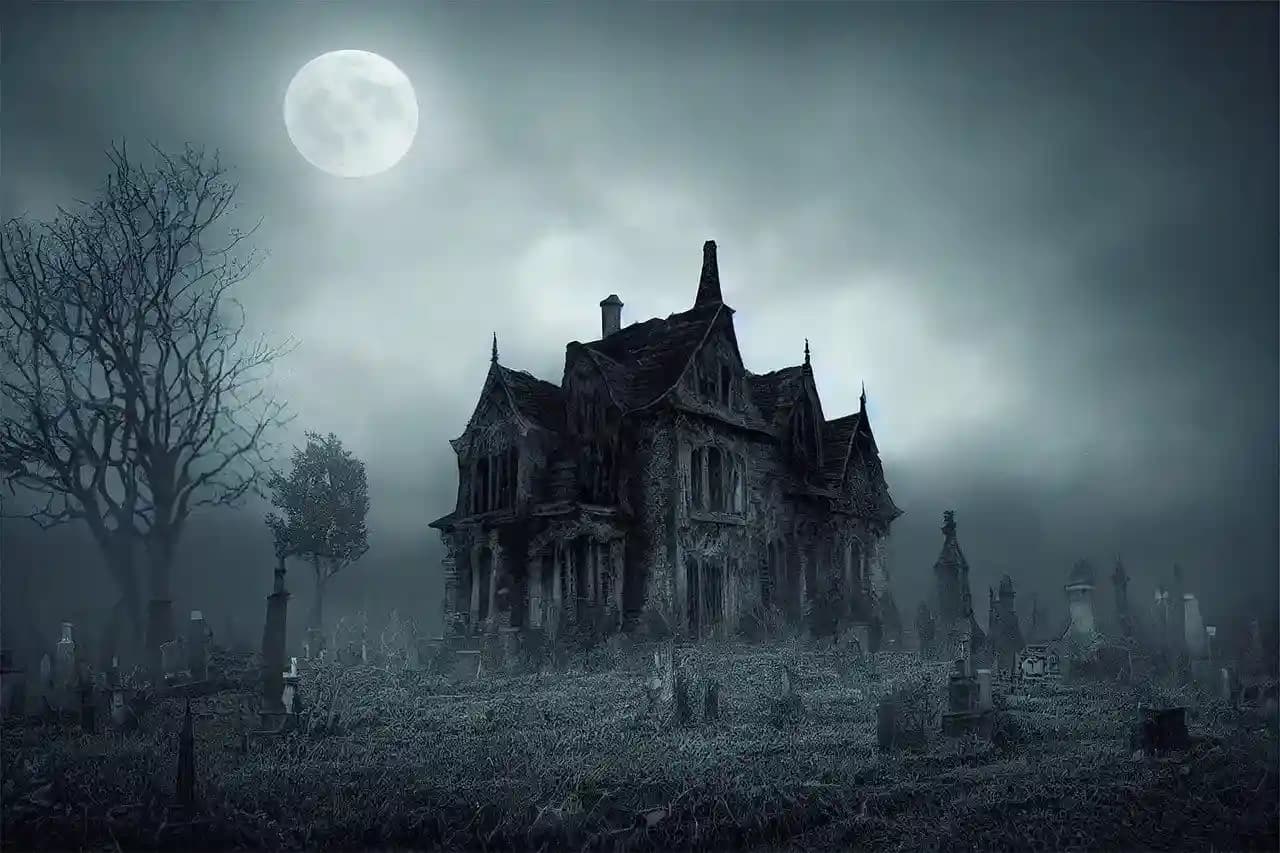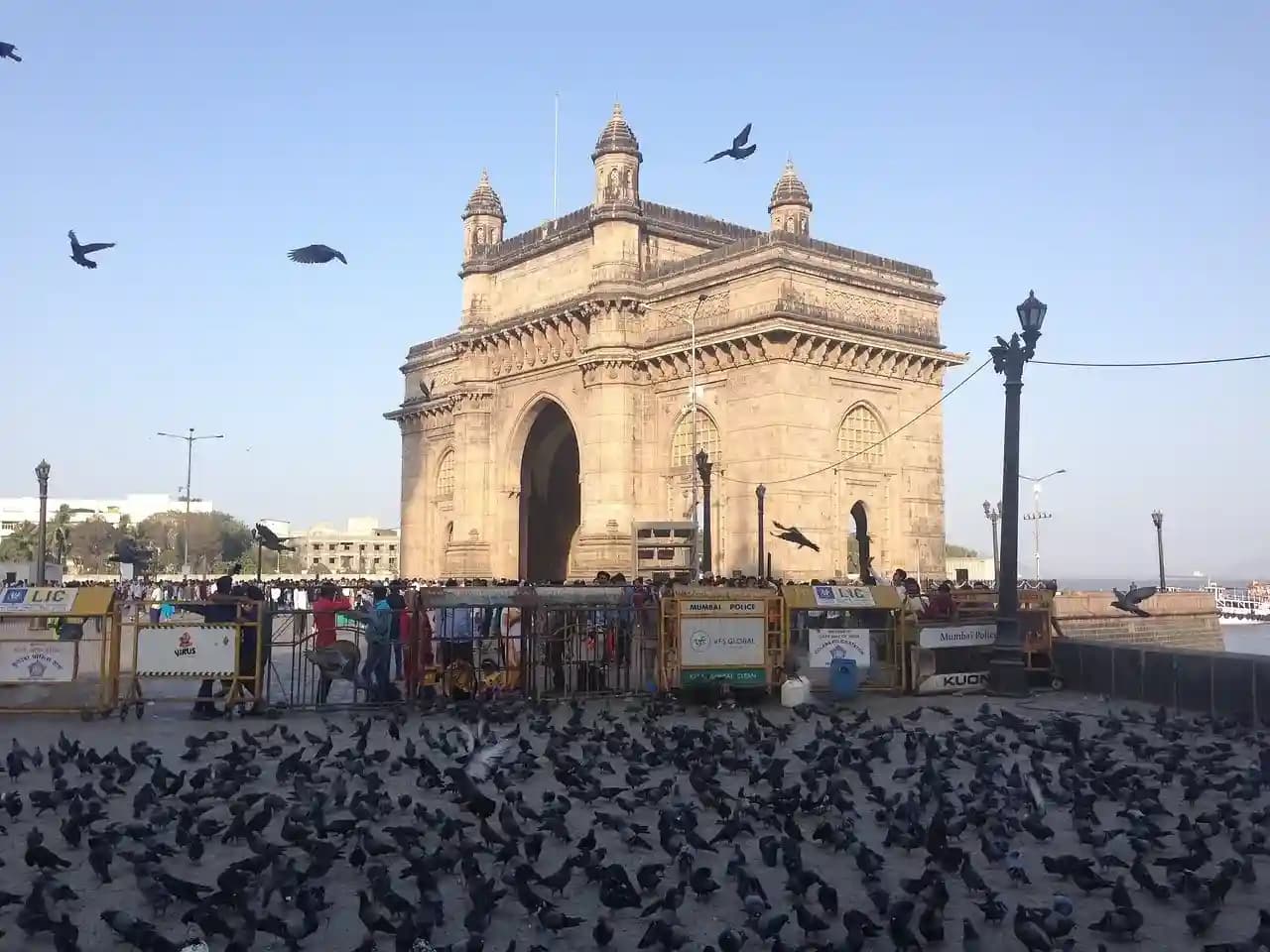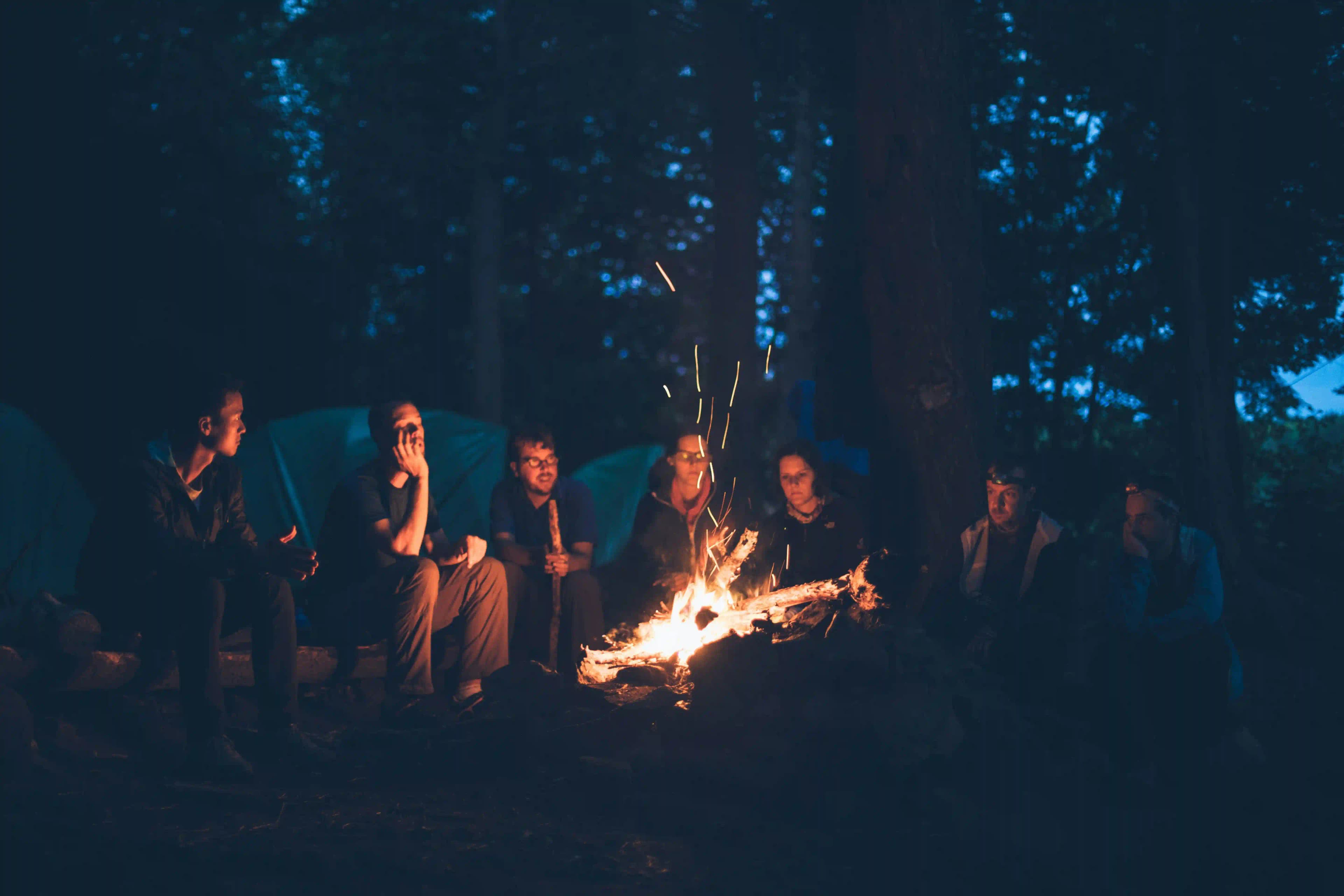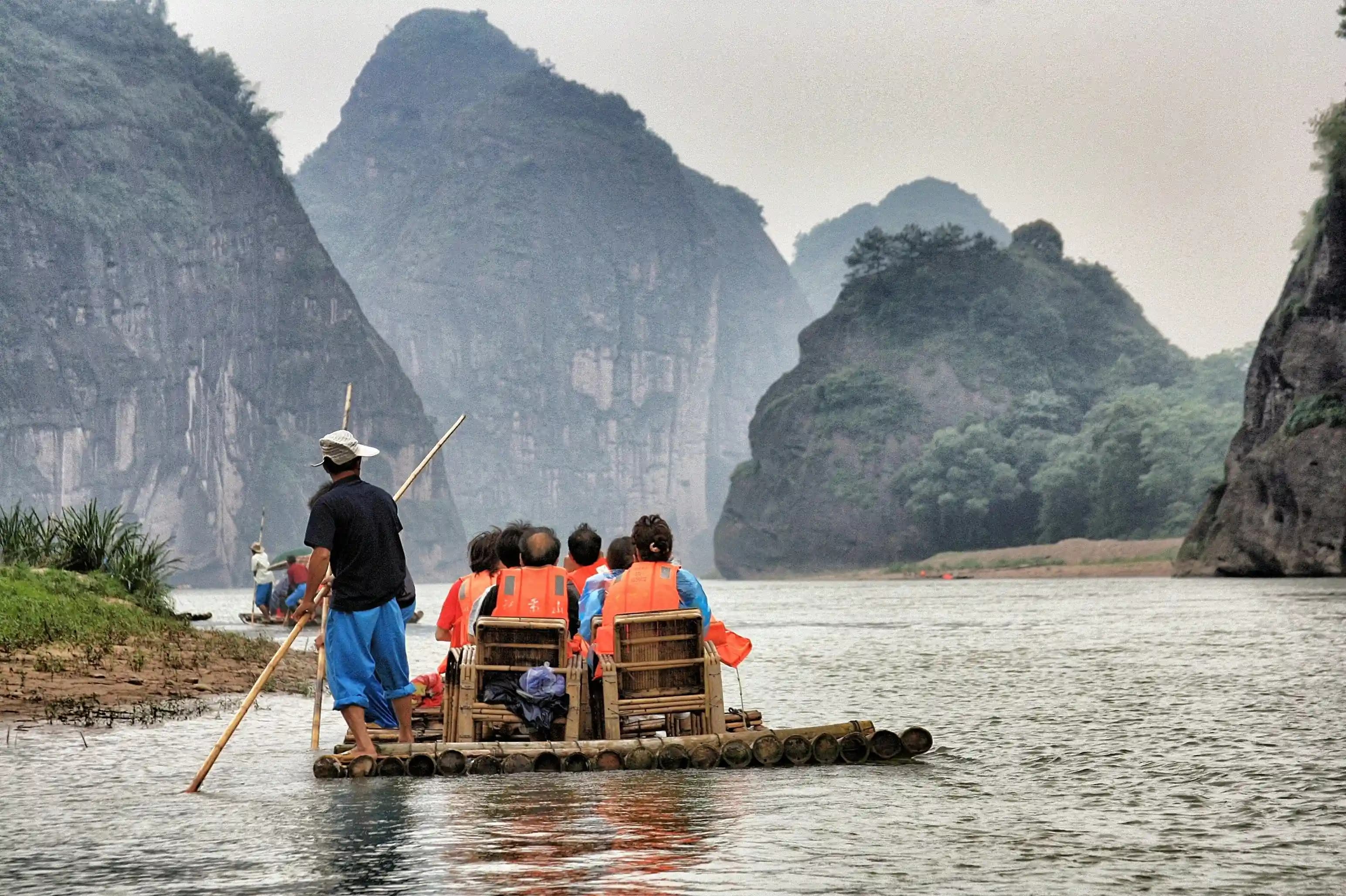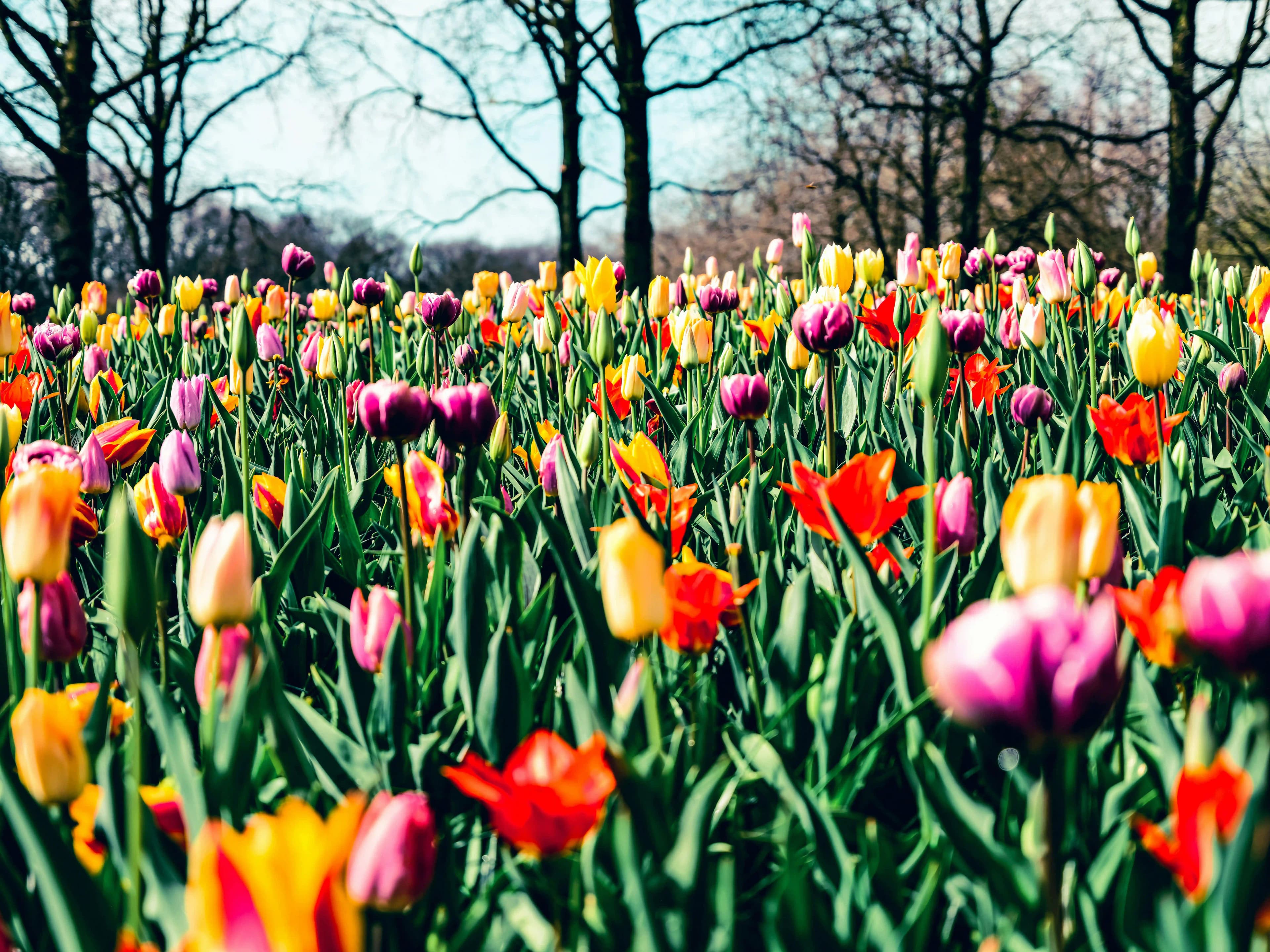Have you ever wondered where Mumbai gets its unstoppable energy and unwavering spirit? Have a look at Mumba Devi Temple, the city's very own protector deity! Nestled amid the busy streets of Bhuleshwar, this holy temple is a unique combination of old stories, community devotion, and the city's lively appeal. From its mythical beginnings to its significance as the city's namesake, Mumba Devi Temple combines spirituality with the spice of Mumbai life. Whether you're looking for blessings or simply want to go temple hopping with some street cuisine, this area has it all! For residents, visitors, and devotees alike, a trip to Mumba Devi Temple is a trip through time, tradition, and religion. Discovering Mumba Devi Temple, its history, significance, and liveliness is like unearthing the soul of Mumbai.
A Window Into The Bygone Era: The History Of Mumba Devi Temple:

Understanding Mumba Devi Temple requires tracing decades of Mumbai's rich past. Mumba Devi Temple, dating back to the 14th century, is one of the city's oldest and most respected temples. The goddess "Mumbadevi" is Mumbai's guardian deity, considered as a strong manifestation of Shakti, the goddess of feminine energy, and the city's heavenly protector.
The temple's history includes stories and mythology, connecting it with the villagers' daily life. According to folklore, Mumba Devi was worshiped by Mumbai's historic fisherman, known as the Koli community, who honored her as their guardian goddess. Over time, the devotion to Mumba Devi expanded throughout the island city, establishing it as a must-see destination for anybody curious about Mumbai's cultural heritage.
The Architecture of Mumba Devi Temple: A Brilliant Blend of Minimalism and Spirituality

Unlike the grandiosity of several Indian temples, Mumba Devi Temple, Mumbai is simple in design yet full of detail and charm. Its simplicity contributes to its attraction, resulting in a pleasant atmosphere that connects well with residents. The major goddess, Goddess Mumba, is shown without a mouth, indicating her pledge to guard Mumbai quietly and diligently.
The temple also has other smaller shrines devoted to various gods, each with different representations of different aspects of Hinduism. These shrines' exquisite carvings and brilliant colors beautifully represent the creative legacies of early Mumbai, making them a visual feast for historians and photographers alike.
The Spiritual Significance of Mumba Devi: The Guardian of Mumbai

Mumba Devi Temple enjoys an important place in the souls of Mumbaikars. Mumba Devi is often linked with Parvati in Hindu mythology, representing strength, courage, and caring attributes. Mumba Devi, the protector of Mumbai, is said to shower blessings and security on her followers, who come to the temple to pray for wealth, health, and happiness.
Devotees say Mumba Devi watches over Mumbai, protecting it from disasters and promoting its progress. Many people credit the city's resiliency to her blessings, making her devotion an important element of Mumbai's cultural and religious fabric. For Mumbaikars, visiting Mumba Devi Temple is like reconnecting with the city's essence, an experience that nurtures harmony and optimism.
Experience the Rituals and Festivals at the Mumba Devi Temple, Mumbai

A visit to Mumba Devi Temple is especially meaningful during festivals such as Navratri, Diwali, as well as other Hindu festivals. During Navratri, the temple comes alive with colorful decorations, music, and dancing as devotees gather to adore Goddess Mumba. The atmosphere is evident, with worshippers singing, chanting, and praying in an inspiring display of devotion and adoration.
Rituals at the temple begin early in the morning with the very first aarti (prayer) occurring at dawn. Devotees make gifts of flowers, fruits, and sweets, which are honored and distributed as "prasad" (holy food). The temple is filled all day, with an endless flow of devotees expressing their wishes, prayers, and gratitude to the guardian of Mumbai.
The Temple's Energetic Location: Zaveri Bazaar and Bhuleshwar Market

The Mumba Devi Temple is located in the center of Bhuleshwar, one of Mumbai's oldest districts. This part of Mumbai is best known for Zaveri Bazaar (the jewelry market) and Bhuleshwar Market, which are two of the city's most dynamic and crowded retail areas. After paying their respects at the temple, people generally wander through the surrounding marketplaces, taking in the local smells, sounds, and sights.
Zaveri Bazaar is a jewelry lovers' paradise on earth, featuring everything from classic gold ornaments to innovative creations. Bhuleshwar Market, on the other hand, offers a diverse mix of textiles, spices, and handicrafts. Shopping here is more than simply a transaction; it's an experience that includes bargaining, exploring, and socializing with locals. For visitors, it's an immersing piece of Mumbai life that compliments the peaceful holy environment of Mumba Devi Temple.
The Food Scene at Mumba Devi Temple: A Foodie's Treat

No visit to Mumba Devi Temple can be complete without trying the delicious street cuisine nearby. Bhuleshwar and its neighboring districts are well-known for its street food choices, which include classics such as vada pav, pav bhaji, and bhel puri. A brief stroll from the temple, you'll discover stands serving scorching hot samosas, refreshing sugarcane juice, and Mumbai's popular chaat variations.
If you're looking for a sit-down lunch, there are a number of classic eateries around Bhuleshwar and Marine Lines that provide real Maharashtrian thalis, Gujarati snacks, and other Indian meals. The experience of experiencing these delights in the middle of the city's bustling yet lovely atmosphere gives a whole fresh perspective to your Mumba Devi Temple.
Local Tales and Stories of the Mumba Devi Temple
What's a temple without an air of mystery and mythology? Over the years, villagers have told endless tales about Mumba Devi and her miraculous involvement in the lives of believers. One common story relates about Mumba Devi assisting local fishermen in navigating harsh seas, saving their lives during severe storms. Another narrative describes her protection of the city, preventing possible calamities and keeping people safe.
For the villagers, these stories are more than simply folklore; they are an essential component of their trust in Mumba Devi's powers. Priests, traders, and adults tell similar stories, giving tourists a better idea of why Mumba Devi Temple is so important in Mumbai's cultural and spiritual identity.
How To Reach The Mumba Devi Temple, Mumbai?

Reaching Mumba Devi Temple is an adventure in itself, allowing tourists to discover the local beauty of South Mumbai. The temple, which is located near the Marine Lines railway station, is easily accessible by train and bus from many sections of the city. For those unfamiliar with Mumbai's transportation system, a cab or auto-rickshaw journey could prove a thrill in itself!
If you're traveling from the suburbs, the Western Line of Mumbai's local rail network will drop you off near the temple. As you stroll from Marine Lines or Charni Road stations, you'll notice a gradual shift from Mumbai's fast-paced commercial center to Bhuleshwar's timeless, traditional appeal. It's an experience that provides a glance into the many faces of Mumbai.
Tips for First Time Visitors to the Mumba Devi Temple
1. Dress properly. Dressing modestly is appropriate for a place of worship. Light cotton clothes are recommended, especially considering Mumbai's warm temperature.
2. Arrive Early: The temple is very crowded in the mornings, so coming early allows you to have a relaxing experience before the crowds arrive.
3. Offerings: You can present flowers, fruits, and coconuts to the god. These products are available for purchase from several sellers outside the temple.
4. Respect local rules: Because the temple is a sacred location, it is important to preserve decorum, avoid loud noises, and adhere to temple rules.
5. Keep an eye on your things: Given the crowded environment of Bhuleshwar, it's best to be aware of your things while you move through the crowd of people.
6. Explore nearby attractions: Enjoy a stroll around the Bhuleshwar neighborhood to get a sense of Mumbai's traditional marketplaces, street cuisine, and ancient structures.
Conclusion
If you're visiting Mumbai, Mumba Devi Temple is a must-see trip that provides a genuine peek into the city's essence. It is not just a temple; it represents Mumbai's origin, identity, and steadfast spirit. Mumba Devi Temple truly captures the essence of this lively city, with its vivid blend of faith, history, culture, and street life.
Whether or not you're looking for blessings, interested in Mumba Devi stories, or simply inquisitive about Mumbai's history, a visit to this iconic temple will leave you with a greater respect for the city. So, tie up your shoes, open your soul to the city's energy, and prepare for a journey that will take you back to Mumbai's beginnings.
Frequently Asked Questions (FAQs):
1. Where is the Mumba Devi Temple located?
The temple is located in Bhuleshwar, a thriving neighborhood in South Mumbai, surrounded by famous local marketplaces such as Zaveri Bazaar and Bhuleshwar Market. It's near the Marine Lines Railway Station.
2. What is the best time to visit the Mumba Devi Temple?
The temple is open all year, but going early in the morning (about 6:00 AM) allows you to have a tranquil experience before the masses gather. During holidays like Navratri, the temple becomes more colorful.
3. What is the importance of the Mumba Devi Temple in Mumbai?
Mumba Devi Temple is one of Mumbai's oldest temples and is regarded as the city's guardian deity. Dedicated to Goddess Mumba, the Hindu temple is not just a spiritual spot for residents, but it is also the source of Mumbai's name. The devotees believe Mumba Devi protects and blesses their city.
4. How old is the Mumba Devi Temple?
Mumba Devi Temple was built during the 14th century, therefore it is almost 600 years old. Despite its age, the temple has maintained its historical and religious significance.
5. What rituals take place at the Mumba Devi Temple?
The temple conducts aartis (prayer rituals) on a regular basis and accepts flower, fruit, and sweet gifts. During special festivals, rituals honoring Goddess Mumba involve lavish décor, music, and dancing.
6. Is there an entry charge for the Mumba Devi Temple?
No, entry to the Mumba Devi Temple is free. Devotees and guests can enter, pray, and explore the temple grounds free of charge.
7. How can I get to Mumba Devi Temple?
The temple is minutes away from the Marine Lines or Charni Road stations on the Western Railway Line. From there, it's a short walk. You can also catch local cabs, buses, or auto-rickshaws from other areas of the city.
8. What neighboring attractions should I visit after visiting the temple?
The nearby tourist attractions include Zaveri Bazaar for jewelry, Bhuleshwar Market for textiles and spices, and Marine Drive for a picturesque walk along the shore. These regions offer an insight into Mumbai's traditional and modern lifestyles.
9. Are there any eating options near Mumba Devi Temple?
Absolutely! Bhuleshwar offers a variety of local street food alternatives, including vada pav, pav bhaji, and bhel puris. For a sit-down lunch, visit one of the surrounding restaurants that serve traditional Maharashtrian or Gujarati food.






